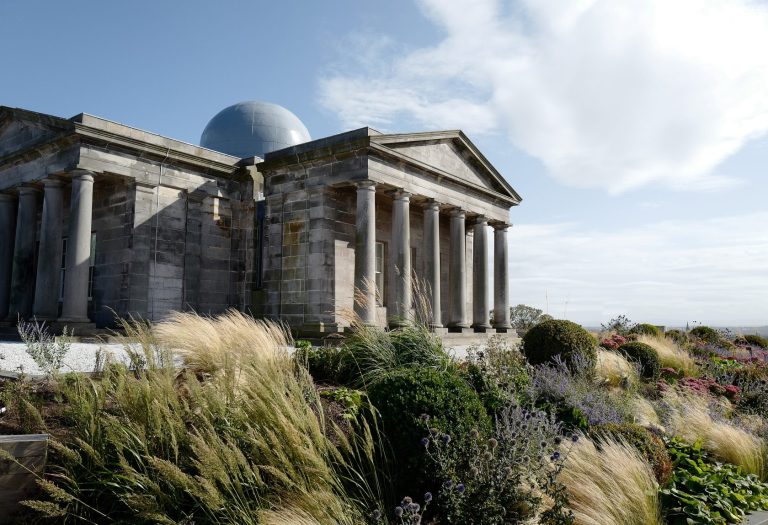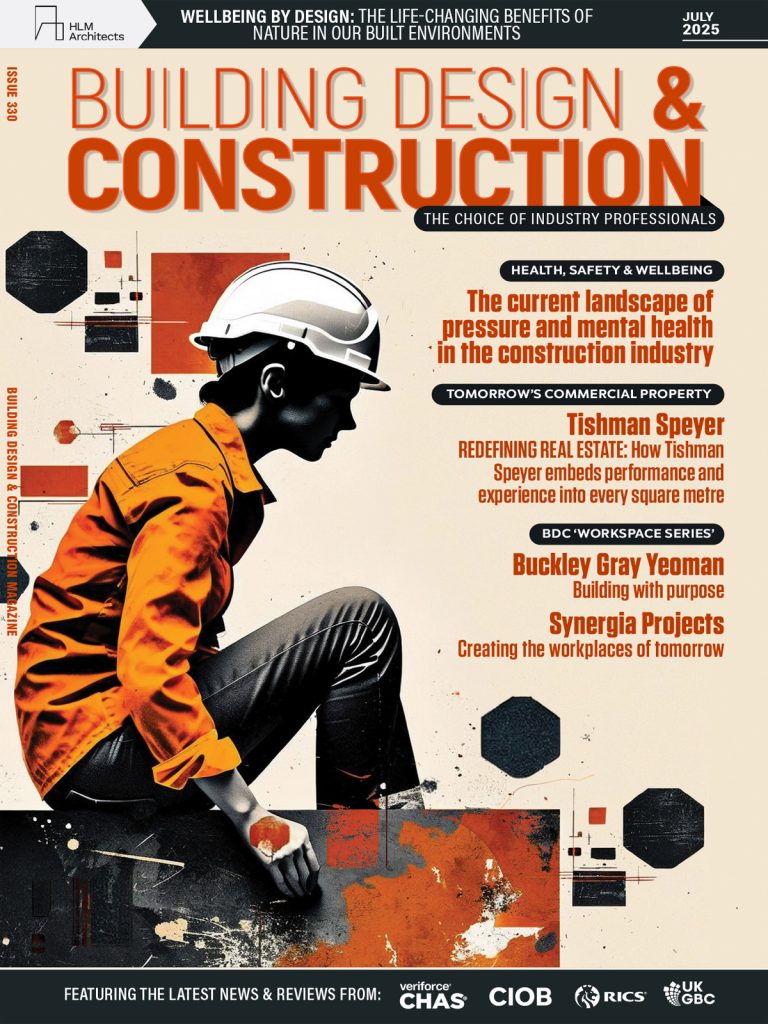The canal towpaths and redundant railway lines that pass through the hearts of our cities are a legacy of our industrial past. Built at a time when progress and pollution went hand in hand, many have lain unused since the 1960s when the road network was expanded and train travel declined. Now though these overgrown trackways are being repurposed to form part of a growing active travel network that is encouraging us to leave the car at home. Getting out from behind the wheel has profound benefits and not just for individuals. Freed from traffic our city centres and local communities become friendlier, more sociable spaces. Electric cars may improve air quality and reduce both traffic noise and the burden on the environment, but walking and cycling bring us into direct contact with the other people who share our streets and when that happens connections are forged, neighbourhoods are strengthened, isolation decreases and crime rates fall. In Edinburgh, HarrisonStevens is about to create a cycle path and a park that will link Roseburn with the Union Canal. The unloved scrubland that runs parallel to the West Approach Road will be enhanced with woodland glades and fruit trees, while allotment sites will provide community growing spaces and the current sports and play facilities will get an upgrade. The result should be a safe route into town as well as a slice of nature where people and wildlife can happily linger. But it’s not just on brownfield sites that change is happening and drivers are having to adapt to the idea that they no longer own the road. In the last decade street layouts in many new housing developments in the UK have been designed to give pedestrians priority, but now safe routes for walkers and cyclists are being carved out of existing thoroughfares. In Glasgow road space on Sauchiehall Street has been squeezed in favour of a wide, tree-lined avenue shared by walkers and cyclists and in Edinburgh the reduction of traffic and changed priorities on George Street is set to provide outdoor seating and dining areas as well as reduce congestion in the Capital. As the gaps in the City Cycleways Innertube Map that shows Edinburgh’s safe travel routes are being joined up, more people are being encouraged to ditch the car and enjoy the benefits of active travel. The benefits are considerable. Regular exercise lowers the risk of premature death by up to 30% and improves physical and mental health as well as reducing the burden on the NHS. But it’s not just the human population that stands to benefit. Green routes through our cities can become biodiversity highways, offering all kinds of creatures corridors to travel from city parks to outer suburbs. And as their habitat grows, so too does their numbers, offering us an opportunity to catch sight of owls and otters on our daily commute instead of just the exhaust pipe of the car in front. The change in our working and living patterns has given us time to reflect on all this and to feel the benefits of taking more exercise while enjoying the nature around us, and it has also highlighted the need for social connections. Active travel delivers all of this and as more routes open up so our reliance on cars looks set to slip in a way that would have seemed impossible just a decade ago.






